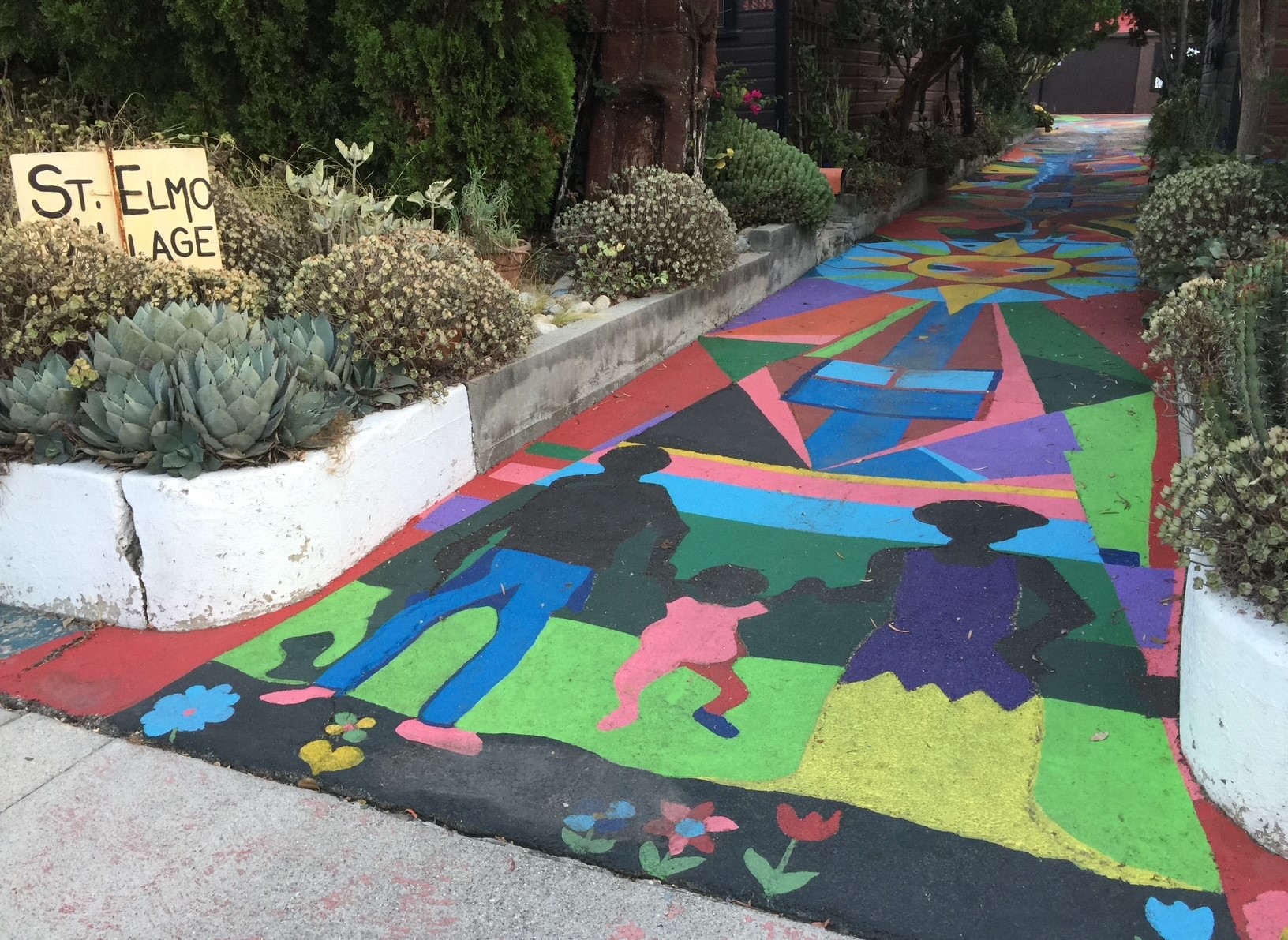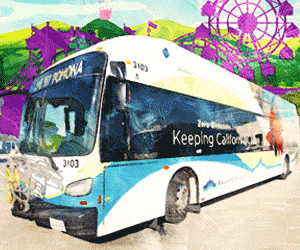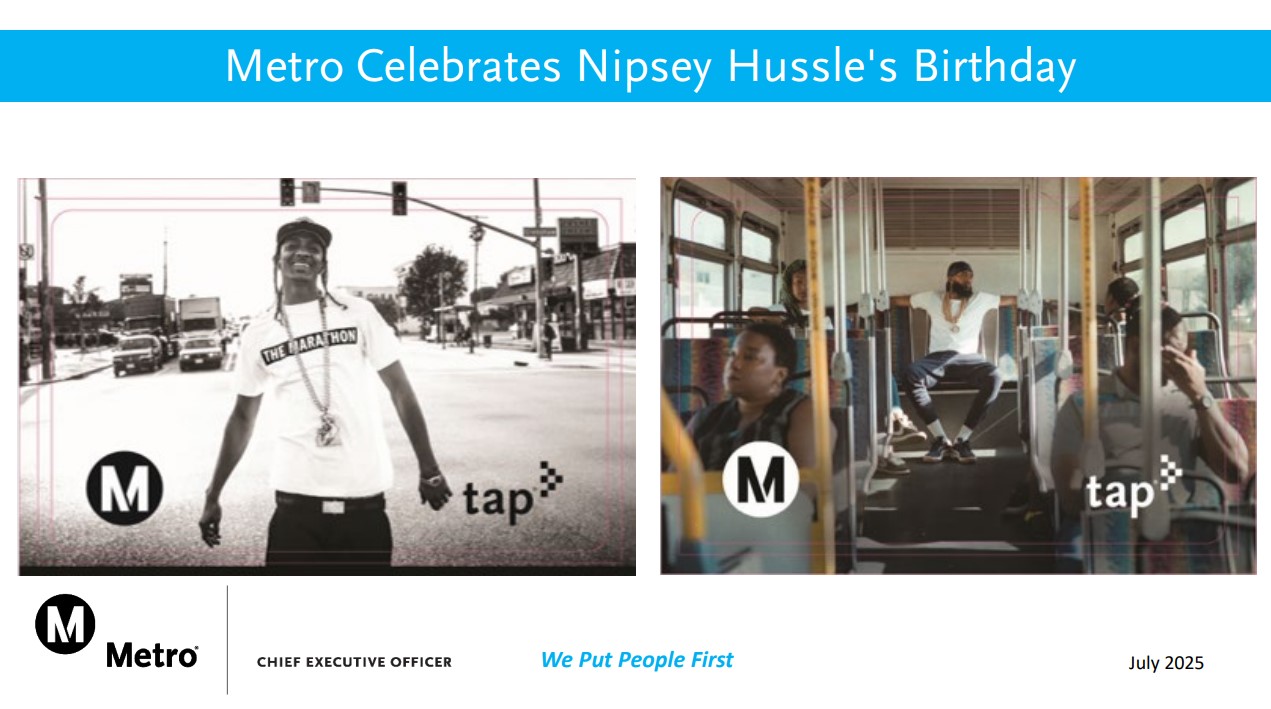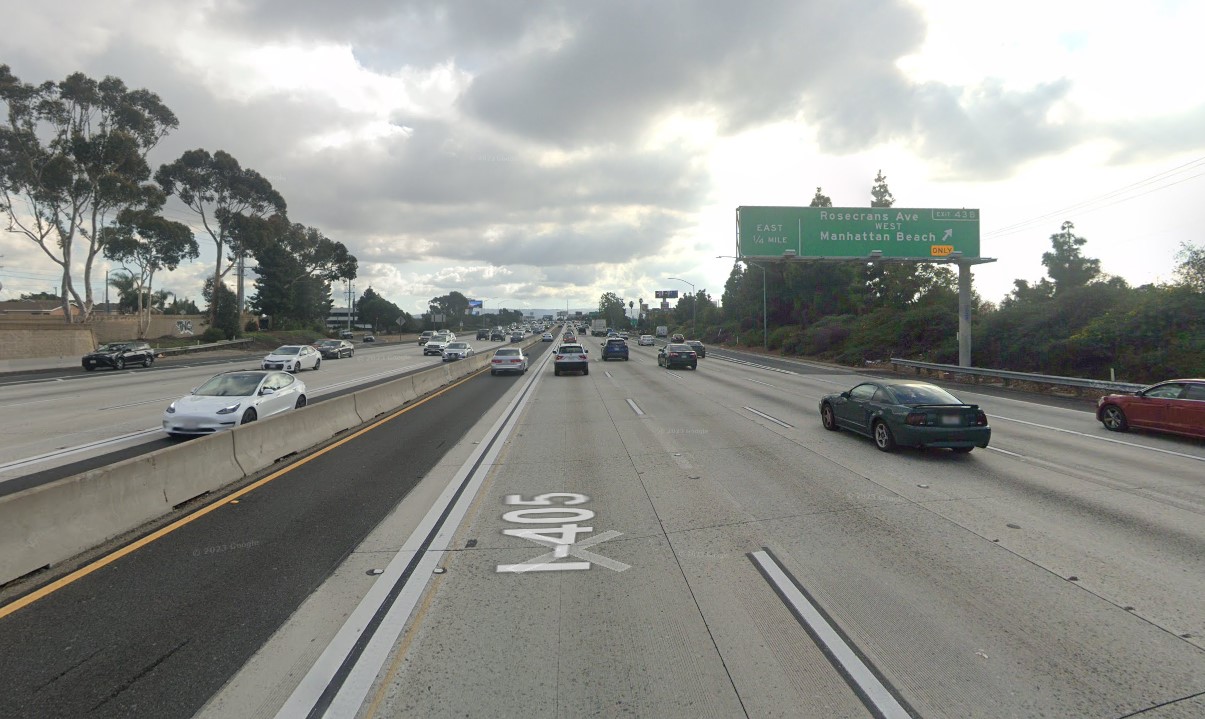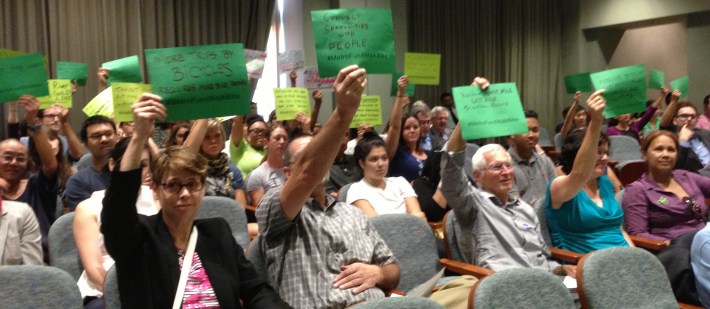
More than fifty people showed up at this week's Metro Planning and Programming Committee to urge the Metro board to support active transportation. Metro's proposed $88.2 billion, ten-year Short Range Transportation Plan (SRTP) includes only $500 million for active transportation funding. Though walking and bicycling make up nearly 20 percent of L.A. County trips, Metro allocates less than one percent of its budget to those modes.
Aware of active transportation advocates' mobilization, Metro staff's slide show [pdf] attempted to make active transportation funding sound more plentiful than it actually is. Metro staff's presentation suggests that the agency is supporting walking and bicycling through agency funding for categories including Signal Synchronization and Transit Capital. By totaling Metro's committed $500 million, plus a hodgepodge of eligible Metro, state, and local funds, the staff presentation showed "up to $1.17 billion" in potential funding for bicycling and walking.
Though it is unlikely that the actual funding total will end up anything near this "up to" potential, the asserted $1.17 billion still would represent only 1.3 percent of the overall $88.2 billion plan. This is nowhere near the roughly $18 billion that active transportation would receive if Metro's allocations were based on the current 20 percent modal share. Ideally, funding shouldn't be limited to the existing mode share, but could be aspirational. Metro values expanding its rail infrastructure, presumably aspiring that more rail investment will create more rail ridership. Metro's fiscal commitment shouldn't necessarily be to maintain the existing 20 percent active transportation mode share, but to fund expansion of safe walking and bicycling facilities in order to increase levels of active transportation.
The committee did respond to active transportation demands, but not by increasing the dismal amount of funding in its SRTP. Instead, Metro board member Mike Bonin put forth a motion [PDF] (full text after the jump) that directs Metro to study active transportation and come up with a funding strategy. Safe Routes to School praised the board's leadership embodied in the Bonin motion; Santa Monica Spoke called it a "good start." The motion directs Metro to complete its Active Transportation Funding Strategy and report back to the board in October 2014.
Hopefully that funding strategy will not be chock full of "up to" dollars, but will actually represent an acknowledgement by Metro that safe and convenient places to walk and bike are integral to the agency's regional transportation system.
As expected, the committee approved the agency's SRTP, without approving any additional dollars for active transportation. The SRTP is expected to be approved by the full board next week.
Metro is considering a possible future transportation funding ballot measure. Past measures have primarily drawn from projects and budgets already approved in the agency's Short- and Long-Range Plans. Though active transportation has been repeatedly shortchanged in Metro's past plans and past ballot measures, if advocates keep up this timely pressure, dedicated bicycle and pedestrian funding could be a significant part of a future ballot measure.
County ballot measure funding or not, active transportation continues to grow. Will Metro's October report address pedestrians' and cyclists' concerns?
Below is the full text of Board member Mike Bonin's motion [PDF]:
Motion by Directors Bonin, O'Connor, Fasana and Ridley-Thomas
Developing an Active Transportation Finance Strategy
Planning & Programming CommitteeJuly 16, 2014
Metro is considering adopting a 10-year Short Range Transportation Plan (SRTP) that reiterates its commitment from the 2009 Long Range Transportation Plan (LRTP) to invest in rapid expansion of fixed-guideway transit and modernization of our freeway system.
The SRTP provides an investment strategy for all revenues controlled by Metro, including Propositions A and C, Measure R, and state and federal funds, to ensure timely delivery of transportation projects throughout the county.
The Highway and Transit programs in the SRTP undergo a rigorous planning and needs assessment process[es] that aid Metro in defining both the projects and the resources necessary to meet identified needs. However, the same process is not applied to the active transportation program.
Metro plans to spend close to a billion dollars on walk/bike projects in the next ten years absent a comprehensive planning process or an assessment of countywide needs.
Further, the draft SRTP does not adequately reflect MTA's Countywide Sustainability Planning Policy and joint work program with SCAG to expedite active transportation funding and implement the recently adopted First-Last Mile Strategic Plan.
While the SRTP does integrate sustainable principles and practices into planning activities using an evolving set of performance metrics, critical sustainability metrics, including safety and accessibility measures for walking and biking, are not included in the plan.
The SRTP as drafted demonstrates shortcomings in the countywide walk and bike planning that Metro should address to ensure that the full range of sustainable mobility options are incorporated into countywide planning efforts.
I THEREFORE MOVE that the MTA Board direct the CEO to:
1. Develop an Active Transportation Finance Strategy for Los Angeles County by January 2015 that:
a. Defines performance metrics to measure improvements for walking and biking, including: access to walking and biking infrastructure, access to education and encouragement programs, rates of Metro customers walking and biking to transit, collision and injury/fatality rates and greenhouse gas reductions from active transportation
b. Sets benchmarks based on the developed performance metrics and identifies what level of annual investment is necessary to meet those goals
c. Inventories available funding sources to meet the investment need
d. Recommends possible changes to Metro, state, and federal policies to increase access to existing funding sources if the need exceeds available funding, including but not limited to an analysis of the funding priorities of Metro’s Call for Projects and the state Active Transportation Program.
2. Report back in October on what steps are necessary to incorporate walking and biking in Metro’s travel demand model, with an assessment of best practices by other regional transportation agencies for accounting for active transportation with interim off-model approaches, and expanding data sets to include all trips, not just commute data.
